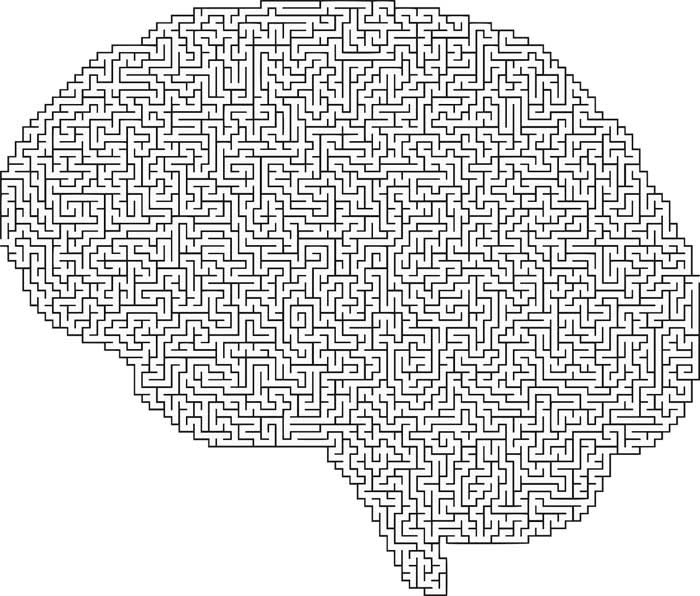
Famous life coaches and positive thinking advocates advise focusing on the solution, not the problem. This idea works in technical writing, as well. Aside from descriptive help topics, the rest of the content is supposed to provide ready solutions to clients.
Maybe somebody reads technical documents to get acquainted with a product, but mostly people find themselves at the mercy of technical writers when they are facing issues they can’t overcome.
So, your job is to give them the best solution possible. Some problems have an obvious one, but others require lots of effort to find the right way to explain it.
Here, you will find advice on finding better solutions for your user manuals.
What is Problem-Solving
Problem-solving is a simple and intuitive process that can be explained as a series of the following steps:
- Identify the problem.
- Find different ways to solve it.
- Rate and evaluate these options.
- Apply the solution you’ve chosen.
Pretty basic. Things get more interesting when you start looking deeper into each step. We are going to place them in the tech writing environment and see what happens.

Identify the Problem
One of the best Tony Robbins’ pieces of advice is that you should ask the right questions. We are often misled by how we are stating the issue initially. Our mind is trying to grasp anything that remotely looks like a solution, but in reality, we could be wasting tons of time and energy on things that we don’t need. Without correct and specific questions in mind, we can wander off from the original issue.
How do you ask the right questions as a technical writer? Here’s what you can do to achieve that:
- Know your readers. Allocate time and get to know them. Search for clues in analytics, attend conferences, listen to support engineers. That’s how you can understand what they would need, what kinds of questions they’d ask.
- Collaborate more. We mentioned listening to support in our previous tip. They will know if you have gaps in user manuals or if certain questions are not addressed properly. Another team you should collaborate with is dev. Attending dev meetings is a great way to learn more about what customers need and how their needs are met through product features.
- Check out product forums and technical communities. This is where you can find a lot of questions from users. And, they are conveniently sorted by topic already!
When the right questions are asked, the issue is stated correctly. Now, we can move onto the next stage.
Find Different Ways to Solve the Problem
Some product functionality is really hard to explain. You can create one help topic with many references, you can create a series of topics, a video, a mini-tutorial inside your documentation, draw a scheme, etc.
Even if you decide that a scheme would be the best way to answer a user’s question, this is just the beginning of your journey. You need to decide what the scheme will look like, what text it will contain, etc.
So, we are on the next stage of problem-solving — figuring out solutions.
A brainstorming session is what we can do here. It is not a silver bullet though. You don’t even necessarily need other people to problem solve, but this is still a great way to make a breakthrough, so, let’s take a closer look.

We are not going to teach you brainstorming, but rather give you valuable advice: never judge ideas the instant they appear. This is a common mistake of problem-solvers not only in technical writing, but in any field — they get judgemental too early on. Let the ideas flow, the more you have the better. When this part is over, go ahead and pick them apart.
By eliminating some ideas right away, you can prevent similar but better ideas from appearing as the train of thought would be cut off. Or, this can simply discourage the brainstorming session participants and they will prefer to keep things to themselves not to sound irrelevant or dumb.
Okay, now that we have lots of ideas, let’s keep moving forward.
Evaluate the Ideas
That’s the part where we will feel the power of asking the right questions to its full extent. Remember to always turn each issue into a question, this can help to see instantaneously whether your questions are getting answered by a proposed solution.
Critical thinking is one more concept that proves useful when you are sorting ideas out. That’s a huge topic to cover on its own. And, you can’t really master critical thinking by reading a blog, so we won’t go there. Instead, we strongly recommend that you go through an online course or two in order to study the theory behind critical thinking and get the chance to practice it.

Apply the Solution You’ve Chosen
There are many factors that are going to influence the implementation process, but let’s imagine you have managed to do it. So, here we have our first serious success, and this is where many guides to problem-solving end.
We stated the problem, worked hard to find the right ways and means to fix it, implemented the solution, now what? Can’t we just pet ourselves on the head, feel proud for a while and move on to other pressing matters? In the perfect world that would work, but in our reality we can’t simply decide that a solution is good until we see some proof. And, the solution can turn sour.
This is a discouraging thing if you think about. Was it worth all the effort then? We went through this whole bunch of steps and we still need to analyze and even expect failure…might as well have chosen the first idea and gone through with it if nothing is guaranteed.
You see, the first idea that comes to your mind can indeed work. So can the second. But problem-solving is not about that, it is about finding better solutions, not just any.
But even the better ones need to be studied after they are applied. We write a lot about techniques to measure and evaluate technical documentation, so check out these posts to be equipped with the right tools for evaluation of the work done.
Conclusion
Problem-solving is a great approach to overcoming different obstacles, not only at work but in your everyday life, too.
This method requires some effort, sure, but in the end, you profit from it a lot not just by finding a solution but by training your mind to be more flexible and seek alternative ways to look at things.
Good luck with your technical writing!
ClickHelp Team
Author, host and deliver documentation across platforms and devices
Source: https://medium.com/level-up-web/problem-solving-techniques-in-technical-writing-55908a774725
Written by
ClickHelp – Professional Online Technical Writing Tool. Check it out: https://clickhelp.com/online-documentation-tool/
